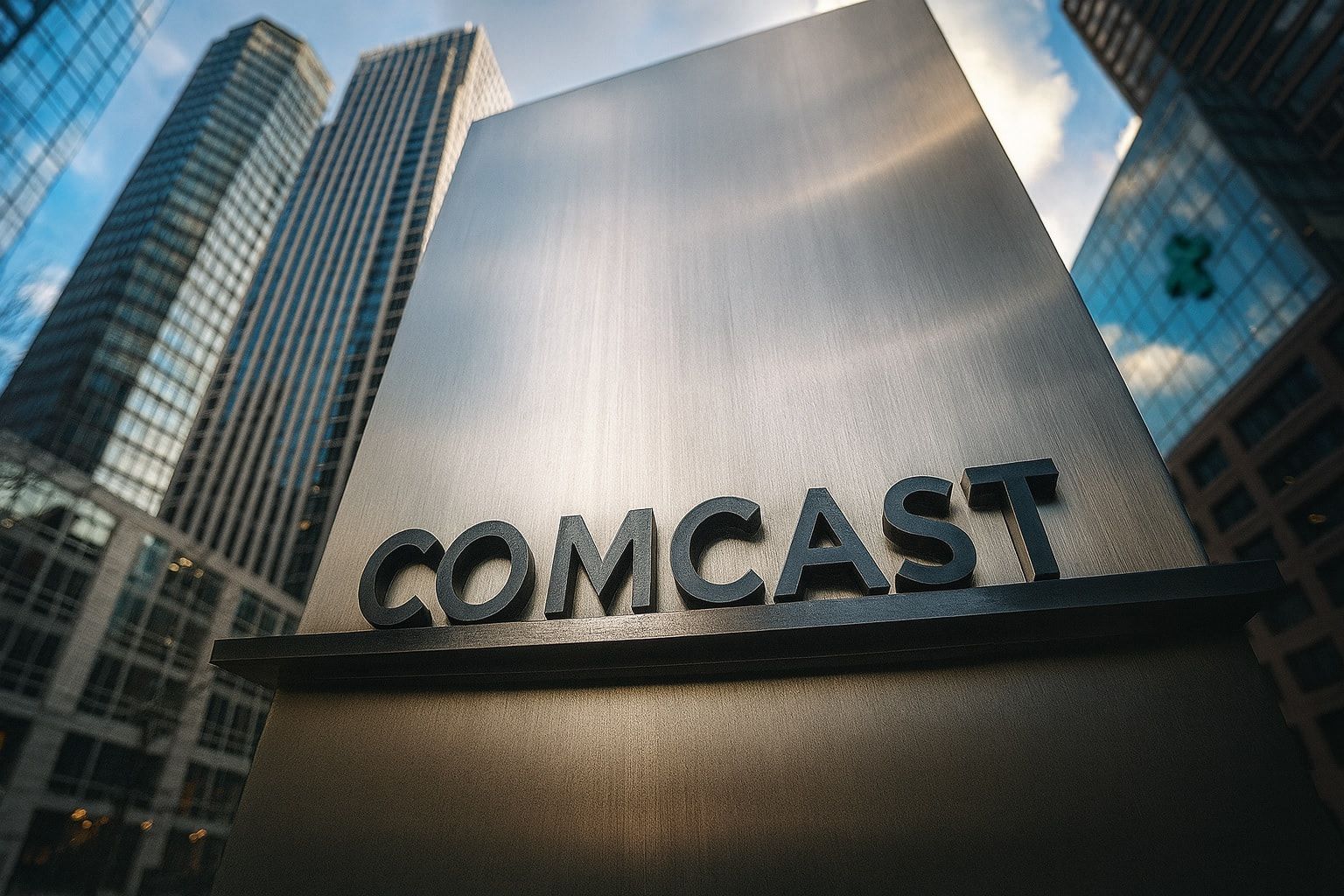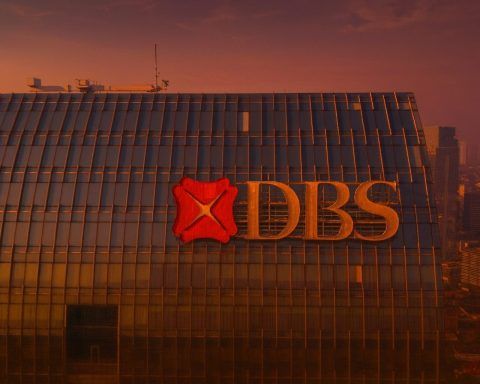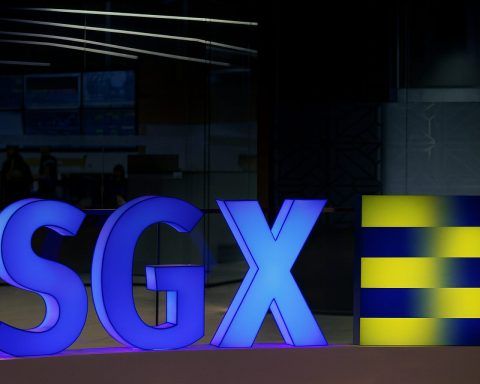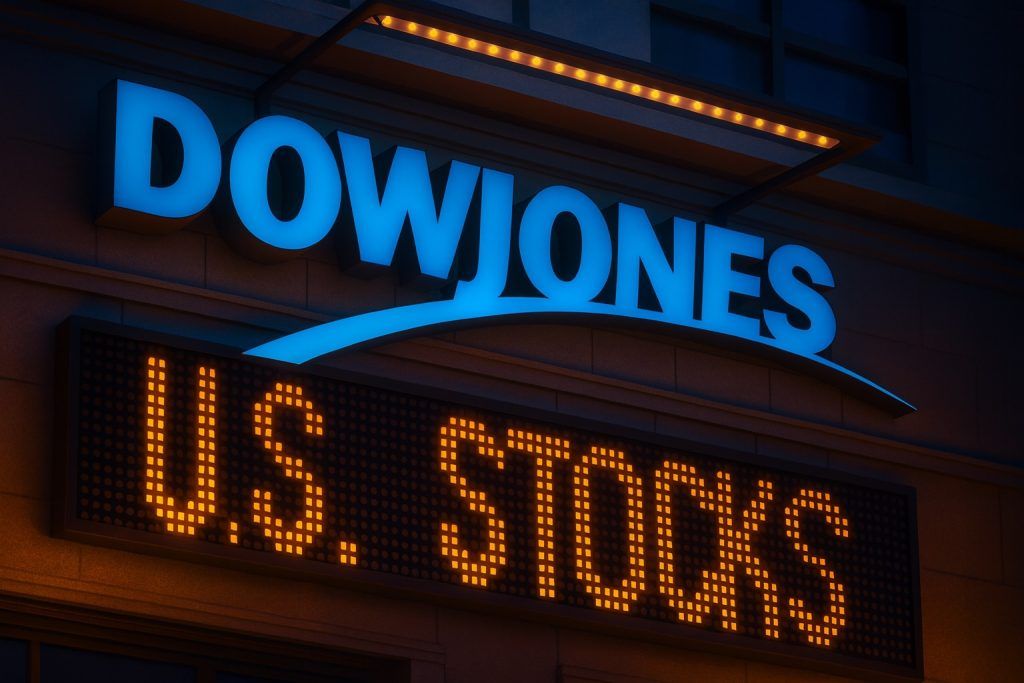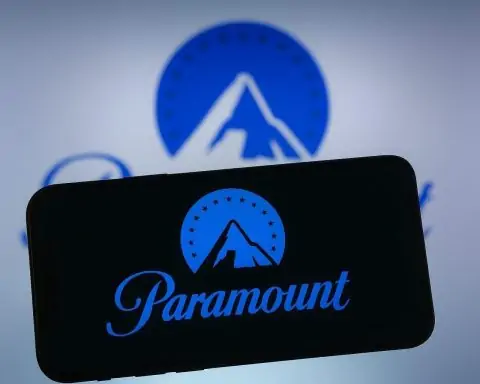- Earnings Beat: Q3 net income $3.33B (–8.2% YoY) and adjusted EPS $1.12 beat analysts’ ~$1.10 estimate on revenue $31.2B [1] (consensus ≈$30.7B). Results benefited from cost control and strong parks/streaming performance, despite tough Year‑ago comps (last year’s quarter included ~$1.9B from Paris Olympics broadcasts) [2].
- Subscribers: Broadband losses narrowed to 104K (vs. 140K forecast), and pay-TV losses were 257K (vs. 321K expected) [3] – the smallest cable-TV loss in years. Aggressive promotions and a new five-year price-lock offer helped slow defections [4] [5].
- Wireless Boom: Xfinity Mobile added a record 414K lines, lifting wireless revenue 14% to $1.25B [6]. Comcast now has roughly 8.94M mobile subs. CEO Brian Roberts noted the focus on wireless, saying, “we’re taking deliberate steps… to strengthen our broadband foundation and accelerate wireless as a meaningful growth engine” [7].
- Streaming & Parks: Peacock’s EBITDA loss narrowed to $217M from $436M a year ago, as paid subs held flat at 41M [8]. Universal’s theme parks (boosted by May’s Epic Universe) drove revenues +18.7% to $2.7B [9]. The Studios unit grew revenue 6.1% to $3.0B (on hits like Jurassic World), though high marketing drove segment profits down [10].
- Cash & Stock: Free cash flow surged 45% YoY to $4.9B, and Comcast returned $2.8B via dividends/share buybacks [11]. Shares jumped ~2% in pre-market trading on the news [12]. With a dividend yield around 4.5% [13], analysts see upside; Wall Street’s 12-mo. average price target is ~$40 (≈+38% upside) [14].
Earnings Beat Expectations (Despite Olympic Comparisons)
Comcast’s Q3 results trounced Street forecasts. Net income of $3.33 billion (¥8.2% YoY) translated to $0.90 GAAP EPS, or $1.12 adjusted EPS (vs. ≈$1.10 consensus) on $31.2 billion revenue [15]. The revenue marked a 2.7% YoY decline, but topped analyst models (~$30.7B). Crucially, last year’s quarter was inflated by the Paris Olympics (adding ~$1.9B in revenue), so year-on-year comparisons were unfavorable [16]. Even with that Olympic tailwind, Comcast beat estimates, suggesting resilience in its core businesses.
Contributing to the beat, Comcast’s theme parks and content divisions thrived. Universal’s new Epic Universe park drove theme-park revenue up 18.7% to $2.7B [17], and Peacock streaming improved (Peacock’s quarterly loss halved to $217M) [18]. On the downside, advertising and distribution revenues were down (due to last year’s Olympics), but these declines were largely expected. Overall, adjusted EBITDA was flat at about $9.7B [19], and operating profit dipped only slightly.
Customer Churn Slows Sharply
The biggest headline was slowing subscriber losses. Comcast lost just 104,000 broadband subs in Q3, far better than the 140,000 analysts had forecast [20]. It also shed 257,000 video (pay‑TV) customers, beating the 321,000-loss estimate [21]. In fact, the 257K TV losses were the smallest quarterly decline in years. Company executives credit heavy promotions and new pricing strategies for the improvement. A Reuters report notes Comcast recently rolled out bundled plans and a novel five-year price-lock on Internet service (with no rate hikes during the term) to “stem subscriber losses” [22] [23]. COO Steve Croney explained this policy by saying Comcast is “addressing two significant consumer pain points – rising costs and transparency” [24]. These moves — including free mobile lines and locked rates — appear to be bearing fruit in the quarter’s churn figures.
CEO Brian Roberts underscored the strategy shift: “We’re making steady progress as we reposition the company for long-term, sustained growth,” he said, adding that Comcast is strengthening its broadband “foundation” and accelerating its wireless business [25]. Broadband still faces headwinds (Comcast has now lost broadband subs for multiple straight quarters), but the pace of losses is moderating. In contrast, the Xfinity Mobile launch is a bright spot: 414,000 wireless lines added in Q3 (a quarterly record) [26]. Rival carriers have similarly ramped up promotions, and industry watchers see cable firms like Comcast as new wireless competitors. One tech commentator notes Comcast must pivot from legacy cable to broadband and wireless to offset cable “structural headwinds” [27].
Content, Streaming and Parks Power Growth
Comcast’s Connectivity & Platforms segment (broadband + cable TV + mobile) showed mixed results, but its Content & Experiences businesses partly made up the gap. Peacock streaming, losing over $400M per quarter a year ago, saw its operating loss shrink to $217M [28]. Peacock revenue was $1.4B, down slightly year-over-year (last year’s figure had Olympic streaming revenue). The 41 million Peacock subscribers held steady, so no net new subs added, but profitability is improving (losses halved) [29]. In Studios, film releases pushed revenue up 6.1% to $3.0B [30], but higher costs (production/marketing) kept profits down 22%. Notably, Jurassic World: Rebirth crossed $900M global box office, driving higher licensing revenues [31].
Theme parks delivered an “Epic” boost: Orlando’s Epic Universe (opened May ’25) and other parks lifted parks revenue 18.7% to $2.70B [32]. Park segment profit climbed 13.1% to $958M [33], thanks to blockbuster attendance. Comcast is banking on more park openings (and upcoming NBA broadcasts on Peacock) as future growth catalysts.
Market Reaction and Analyst Outlook
Investors reacted positively. Comcast’s stock jumped ~2% in pre-market trading on the earnings beat [34]. The stock trades around the low-$30s (mid-$30s range), reflecting modest gains on the day. With a 4.6% annual dividend yield (versus ~1.3% for the S&P 500), Comcast attracts yield-focused investors [35]. Analysts remain cautiously upbeat: TipRanks data show a Moderate Buy consensus with an average 12-month price target of about $40 [36] (roughly 38% above current levels).
Broadly, Wall Street expects Comcast’s revenue to tick up slightly next year as Olympic comps drop out; Q3 2024 will have the Olympics tailwind (unlike this year). For Q4, consensus (from consensus before results) had been around $1.10 EPS on ~$30.6B revenue [37], so investors will watch upcoming guidance. Many analysts note that Comcast’s future hinges on its broadband and mobile strategy. As one TS2.tech analyst remarked, Comcast “faces structural headwinds in cable” and must lean on broadband/wireless to drive growth [38].
Leadership Shake-Up and Strategy
Coinciding with the earnings, Comcast announced key leadership changes. long-time President Mike Cavanagh will become co-CEO alongside Brian Roberts, starting in 2026 [39]. Connectivity & Platforms CEO Dave Watson is stepping down to become vice-chairman, and his COO Steve Croney will lead the broadband business [40]. These moves formalize Comcast’s dual-CEO structure and emphasize its focus on strengthening the broadband/mobile division. The new leadership team will guide Comcast’s evolution – from legacy cable into a broadband/wireless company – which management sees as essential for sustained growth.
Looking Ahead
In summary, Comcast’s Q3 showed that cord-cutting is not accelerating as feared, thanks in part to aggressive promotions. The business still faces challenges: intense competition (from streaming rivals and mobile ISPs), and difficult comps from the Olympic-boosted prior year. However, the earnings beat and moderated subscriber losses provide some optimism. “We’re making steady progress,” CEO Roberts said [41]. With solid free cash flow, a rich dividend, and a renewed focus on bundling broadband and wireless, Comcast aims to justify analysts’ moderate buy stance.
Looking forward, investors will watch how Comcast’s broadband turnover evolves and whether its wireless pivot can sustain growth. If subscriber losses continue to slow and new services take off, Comcast could break out of its multi-year moat of cable declines. For now, the news is cautiously positive: subscriber bleeding slowed, alternative businesses (wireless and parks) are driving gains, and the stock is trading at the lower end of its range, leaving room for upside if execution holds.
Sources: Comcast Q3 results and commentary [42] [43] [44] [45] [46] [47] [48] [49] [50] [51] [52] [53] (expert quotes from company executives and analysts).
References
1. www.thewrap.com, 2. www.thewrap.com, 3. www.bloomberg.com, 4. www.bloomberg.com, 5. www.reuters.com, 6. www.investing.com, 7. www.investing.com, 8. www.thewrap.com, 9. www.investing.com, 10. www.thewrap.com, 11. www.investing.com, 12. seekingalpha.com, 13. ts2.tech, 14. www.tipranks.com, 15. www.thewrap.com, 16. www.thewrap.com, 17. www.investing.com, 18. www.thewrap.com, 19. www.investing.com, 20. www.bloomberg.com, 21. www.bloomberg.com, 22. www.reuters.com, 23. www.reuters.com, 24. www.reuters.com, 25. www.investing.com, 26. www.investing.com, 27. ts2.tech, 28. www.thewrap.com, 29. www.thewrap.com, 30. www.thewrap.com, 31. www.investing.com, 32. www.investing.com, 33. www.thewrap.com, 34. seekingalpha.com, 35. ts2.tech, 36. www.tipranks.com, 37. www.investing.com, 38. ts2.tech, 39. www.thewrap.com, 40. www.thewrap.com, 41. www.investing.com, 42. www.thewrap.com, 43. www.thewrap.com, 44. www.bloomberg.com, 45. www.investing.com, 46. www.investing.com, 47. www.thewrap.com, 48. www.thewrap.com, 49. www.investing.com, 50. seekingalpha.com, 51. www.tipranks.com, 52. ts2.tech, 53. www.reuters.com
